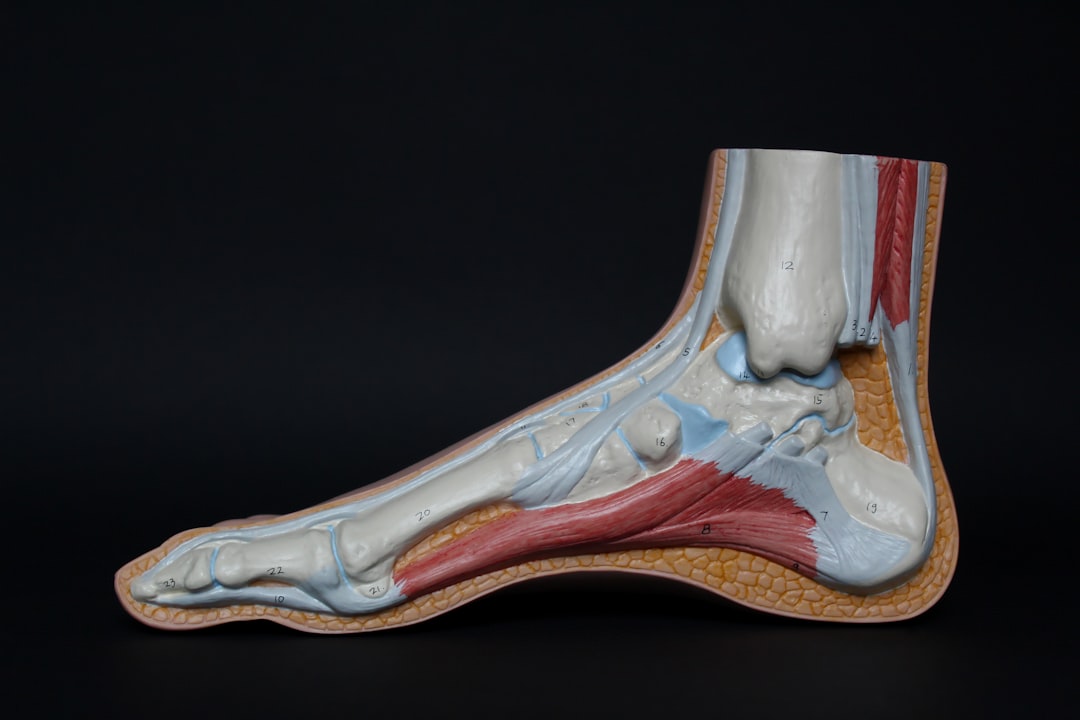What is it about?
We made an experimental setup where an ice floe in a pool was set in periodic motion to simulate the effect of incoming waves. The ice floe collided with the surrounding fast ice and induced turbulence in the water below, much like ice floes affected by waves in the marginal ice zone. We measured the energy rate transferred to the water and the ice through turbulence and collisions, respectively, and compared with the input energy rate.
Featured Image

Photo by Noelle Vandenbroucke on Unsplash
Why is it important?
Ice floes in the marginal ice zone are known to attenuate incoming waves, but the dominating mechanisms of energy dissipation is still much debated. This study confirms experimentally that a substantial part of the energy is dissipated in turbulence, which is of importance for wave models and climate models.
Read the Original
This page is a summary of: Experiments on turbulence from colliding ice floes, Physics of Fluids, June 2022, American Institute of Physics,
DOI: 10.1063/5.0088953.
You can read the full text:
Contributors
The following have contributed to this page










